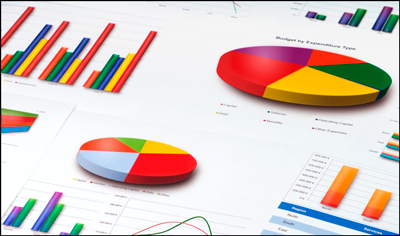Interpreting Data
Once you deem the dataset complete, you can begin using it to address the research questions previously identified. You may want to calculate the average, mean, median, or variance. Or you may want to estimate the association between and among key variables of interest.
Once you deem the dataset complete, you can begin using it to address the research questions previously identified. You may want to calculate the average, mean, median, or variance. Or you may want to estimate the association between and among key variables of interest.
Anytown Illustration:
Once you have collected data from your central business district businesses, you can tally and rank factors that respondents said made doing business exceptional in Anytown. Specifically, you tally and rank them by business sector to see why the rankings might differ by sector so you can use this information to propose sector- specific business development priorities.
Depending on how sophisticated you want to be in interpreting data, you may run regression analysis to estimate, for example, the relationships between the various determinants of better business environment and retail sales. You may find that the statistical results reflect the qualitative responses of your sample and you are now ready to write your report.
Once you have collected data from your central business district businesses, you can tally and rank factors that respondents said made doing business exceptional in Anytown. Specifically, you tally and rank them by business sector to see why the rankings might differ by sector so you can use this information to propose sector- specific business development priorities.
Depending on how sophisticated you want to be in interpreting data, you may run regression analysis to estimate, for example, the relationships between the various determinants of better business environment and retail sales. You may find that the statistical results reflect the qualitative responses of your sample and you are now ready to write your report.
Communicating Results
You can tailor communication of the results of your survey to different audiences. For example, a short news release with key information should be sent to the local media outlets. And you may consider a policy brief for an audience concerned with that type of interpretation. Consider the audience as well when including charts and tables explaining the results and their implications.


